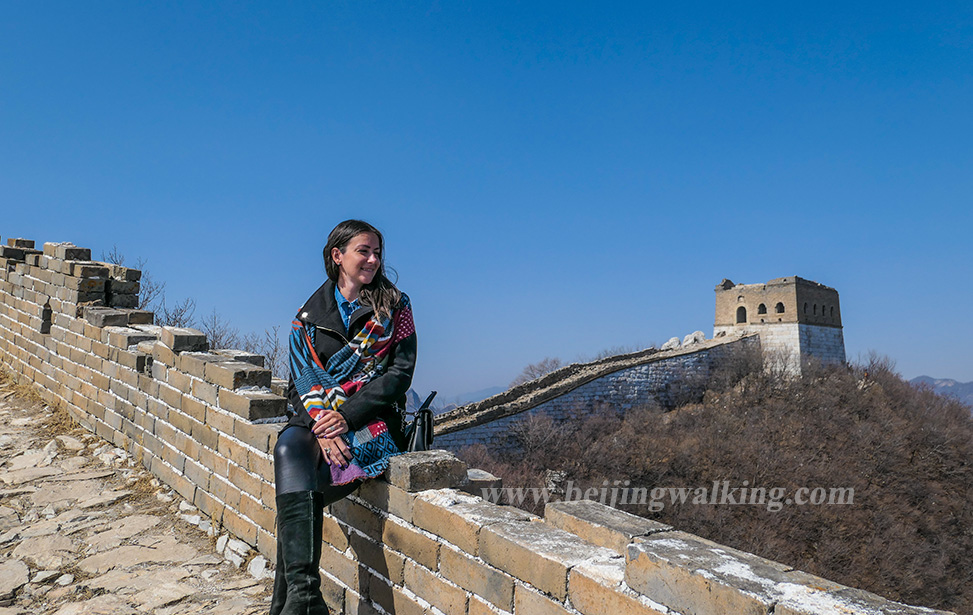Off The Beaten Track | 7 Hidden Gems in Beijing
While many travel to Beijing to see the top sights such as the Forbidden City and Great Wall, travelers are missing out on the genuine excitement of secret treasures that take a bit of digging to find. With endless mystery and surprises waiting to be discovered, here are 7 Hidden Gems in Beijing that will leave you in awe.
1. XISHIKU CHURCH (西什库大教堂)
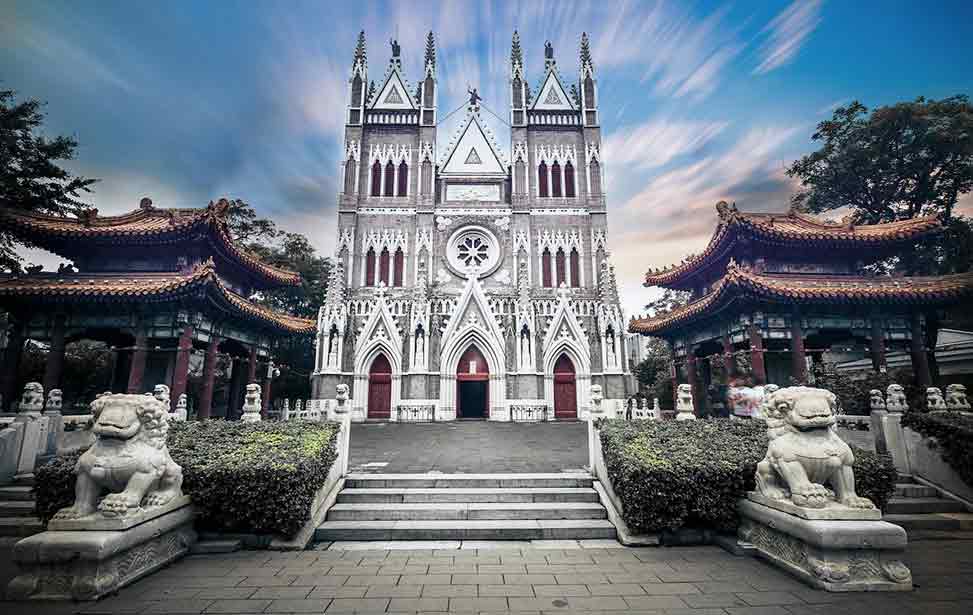
This Catholic church is built during the Shun Zhi emperor period (Qing Dynasty). As you walk into the church property, a quiet park, you see a former Jesuit cathedral with a Gothic facade, flanked by two Chinese pavilions. The exterior of the church has many details, including a cross, decorations, and statues of saints. The ceiling is very high, creating a celestial feeling. You will find a fascinating mixture of Eastern and Western cultures within one building.
How to get there: The church can be reached from exit D of Xisi Station on Line 4 of the Beijing subway. It is situated on Xishiku Street.
2. CUANDIXIA OLD VILLAGE (爨底下村)
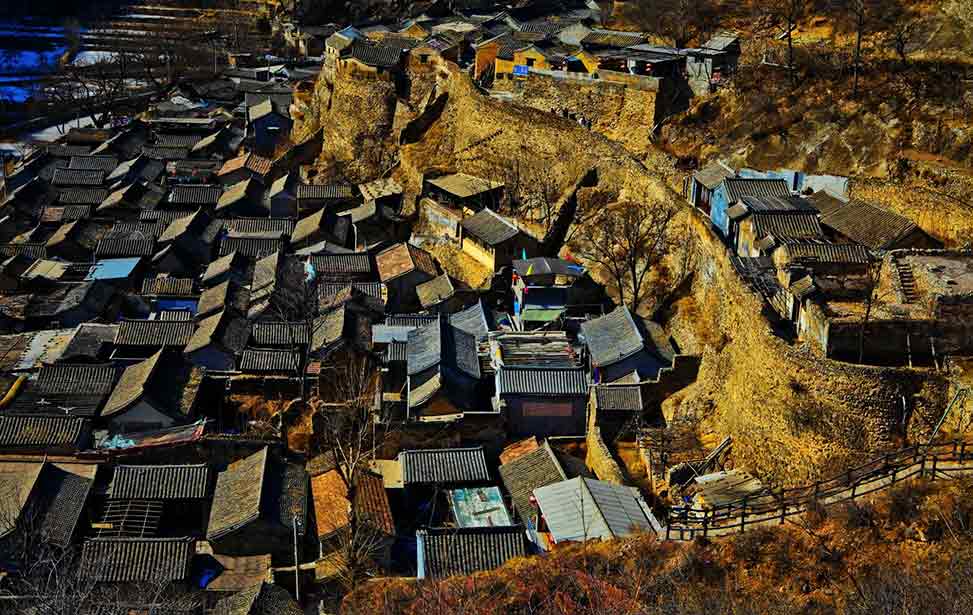
The old stone town of Cuandixia has proven to be an excellent and easy tour from Beijing (1.5 hours by car), an authentic experience if you are into the history of ordinary people. A medieval village of 400 years’ history, about a 2-hour drive from Beijing City: it used to be a trading post for merchandise like fur and is now a tourist spot with about 60-70 preserved ancient living quarters built on the slopes and recommended doing a short hike up the slopes weaving through the preserved houses to have a view of the village (the highest point being the Guan Yu temple). I will always take my clients visiting Beijing to this unique spot and visit other sights, such as Tanzhe temple.
3. TANZHE TEMPLE (潭柘寺)
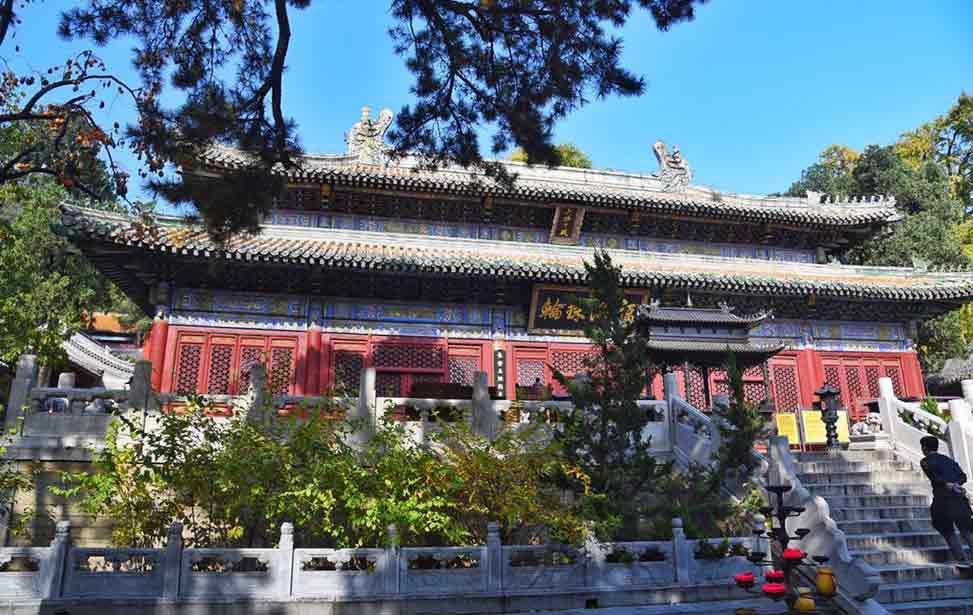
Built in the Jin Dynasty (265–420), it is around 1,700 years old. Tanzhe Temple is one of the oldest temples in Beijing. The area of the entire temple is 100 mu (6.8 hectares), and its arrangement of halls is akin to that found in the Ming and Qing dynasties. This Buddhist temple park is in a mountainous area west of the Mentougou district that belongs to Beijing. One of the main halls inside the temple is said to be built 1700 years ago. I recommend this place if you want a day trip or half a day trip to see something different. Especially attracted to the surrounding mountains and the views around. It’s about an hour from Beijing and 10 km from Jietai-si temple.
Address: Western Hills, 48km (30 miles) W of Beijing, Beijing
4. PAGODA FOREST (银山塔林)
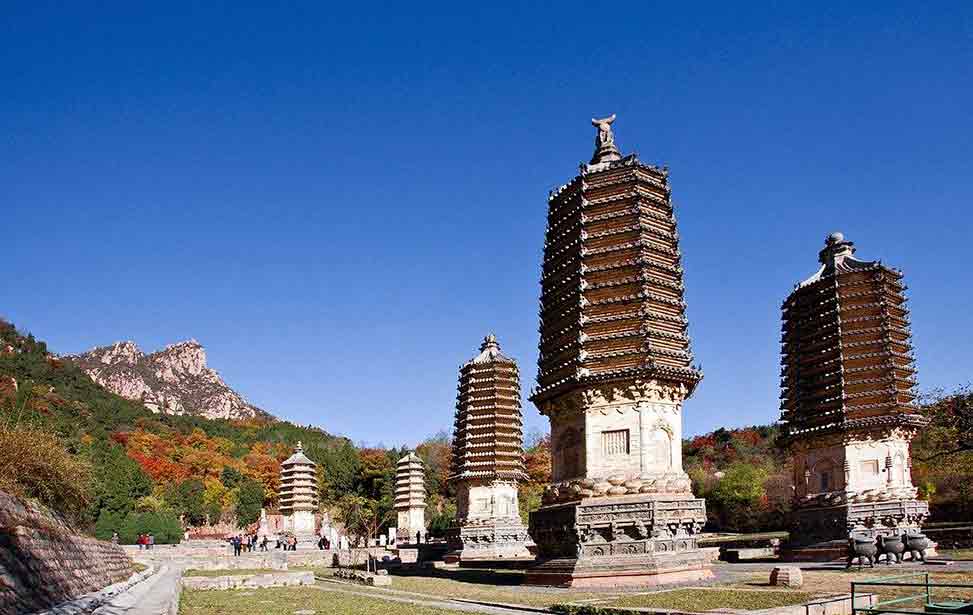
It was closed in 2014, but it reopened in 2018 after renovation.
During the Liao Dynasty (907-1125) and Jin Dynasty (1115–1234), many Buddhist temples were built around Yinshan. Today, only seven pagodas still stand; five were built during the Jin Dynasty, and two during the Yuan Dynasty. All five Jin Dynasty pagodas are multi-eaved brick structures on massive Sumeru platforms.
This place is near Ming tombs and not connected by buses; taking a tour or having a private driver take you there is better. PS. The villages nearby are also worth visiting.
Address: Xihu Village, Xingshou Town, Changping District, Xihu Village, Xingshou Town, Changping District,
5. RED BRICK ART MUSEUM (红砖艺术博物馆)
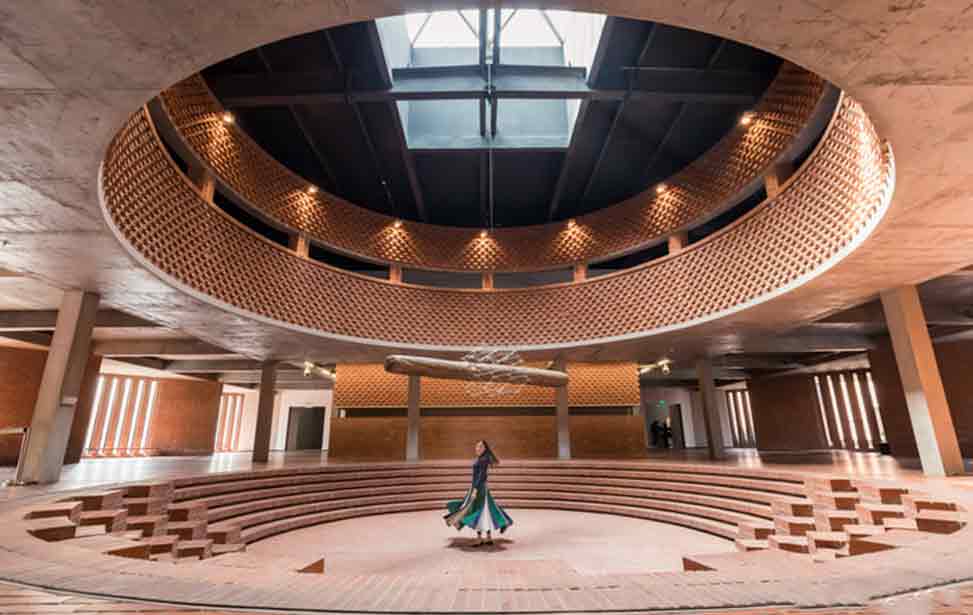
This is an excellent place for people who love art or take photos. The 798 art district is becoming very commercialized, where all the art workshops are becoming shops only. Red Brick Art Museum is located in the No.1 International Art District northeast of Beijing. As the landmark of this region, the facilities of Red Brick cover a total area of 20,000 square meters, with nearly 10,000 square meters of exhibition space. The couple YAN Shijie and CAO Mei founded the Red Brick Art Museum. It’s opened on May 23rd, 2014. The museum’s architectural design was conducted in person by Professor DONG Yugan of the Architecture Research Center of Peking University. Employing red bricks as the primary architectural element, Professor Dong maintained the integrity of each brick and created a suburban-based, garden-owning contemporary art museum.
Tip: Don’t visit here on weekends or holidays if possible, as the museum is jam-packed.
6. BAIYUN TAOIST TEMPLE (白云观)
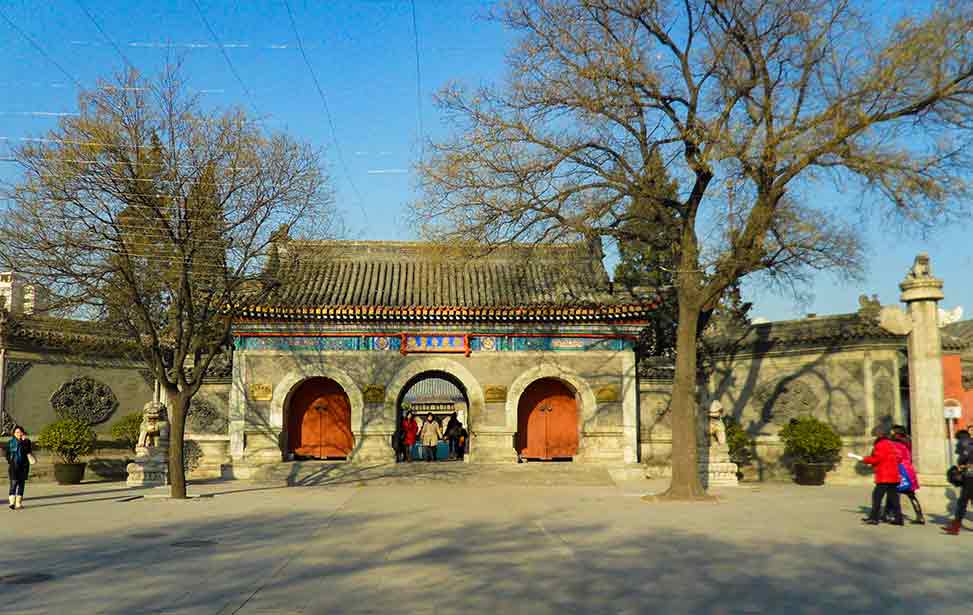
This temple was built in 739 and is known as the White Cloud Temple. It has had several renovations since then and is the oldest temple in this city. Immediately after the entrance, there is a single-span stone bridge. Devotees were throwing coins, trying to hit the bell that was hung under it. A hit means everything will go well for them that year. This is a working temple, and monks are going around in their daily activities. The temple is made up of several halls housing various deities of Taoism. Paintings on the walls here were drawn during the Ming and Qing dynasties. Of particular interest are the enormous gilded copper incense burners cast in the Ming dynasty.
Address: No.9 Baiyunguan Street, Baiyun Road, Xicheng District, Beijing
7. HUANGHUACHENG GREAT WALL (黄花城长城)

Huanghuacheng derives its name from the man-made reservoir lakes near the Great Wall. Unlike the main tourist sections of the Great Wall at Mutianyu and Badaling, the Lakeside Great Wall only usually draws in a handful of tourists. The section features appealing sights, including submerged parts of the Great Wall under the lake water and the view after a steep hike to a high guard tower.
Huanghaucheng Water Great Wall Sunset/Sunrise Photography Tour






